LGBTQIA – What is it? What Does it Mean?
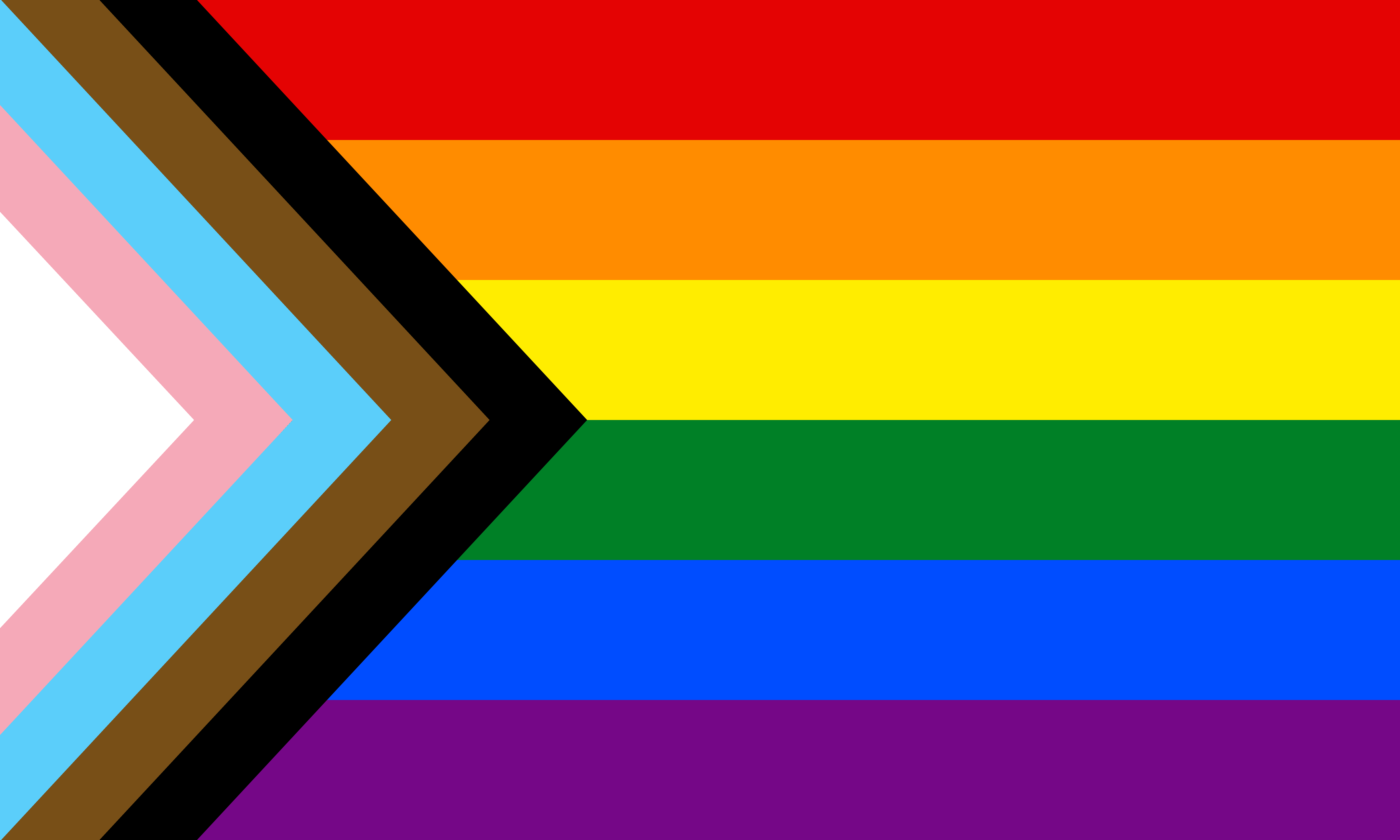 LGBTQIA+ Flag
LGBTQIA+ Flag
LGBTQIA+ is an acronym that stands for lesbian, gay, bisexual, transgender, queer/questioning, intersex, asexual, plus. The plus sign represents other gender or sexual identities that aren’t listed, but often align with the community that is part of LGBTQIA+. In the 90s, the acronym was LGBT, but over the years people have recognized that community unity and strength is increased when the acronym is more inclusive.
Table of Content
Terminology
Taken as a whole LGBTQIA+ is an umbrella term used to describe all members of the queer community.It includes everyone who is not straight and cisgender, as well as intersex, aromantic, and asexual individuals. It also includes people who have attractions, preferences, sexual orientations, and identities that are outside of what is cis-hetero. These are sometimes called sexual minorities – an outdated term that focuses solely on the sexual aspects of the queer experience.
What about people who are gender nonconforming? That’s a broad term. A person who is transgender or nonbinary might identify as gender nonconforming. They are a part of the LGBTQIA+ community. Another person may be labeled as gender nonconforming because they dress or behave outside of what the cultural norms are for their gender. But, they still identify with their assigned gender from birth. That person is still cisgender, and not part of the LGBTQIA+ community.
The LGBTQIA+ community has never included nor welcomed any individuals who have attractions that include the abuse or exploitation of children, animals, or any individual who is incapable of providing informed consent to sexual experience.
Lesbian
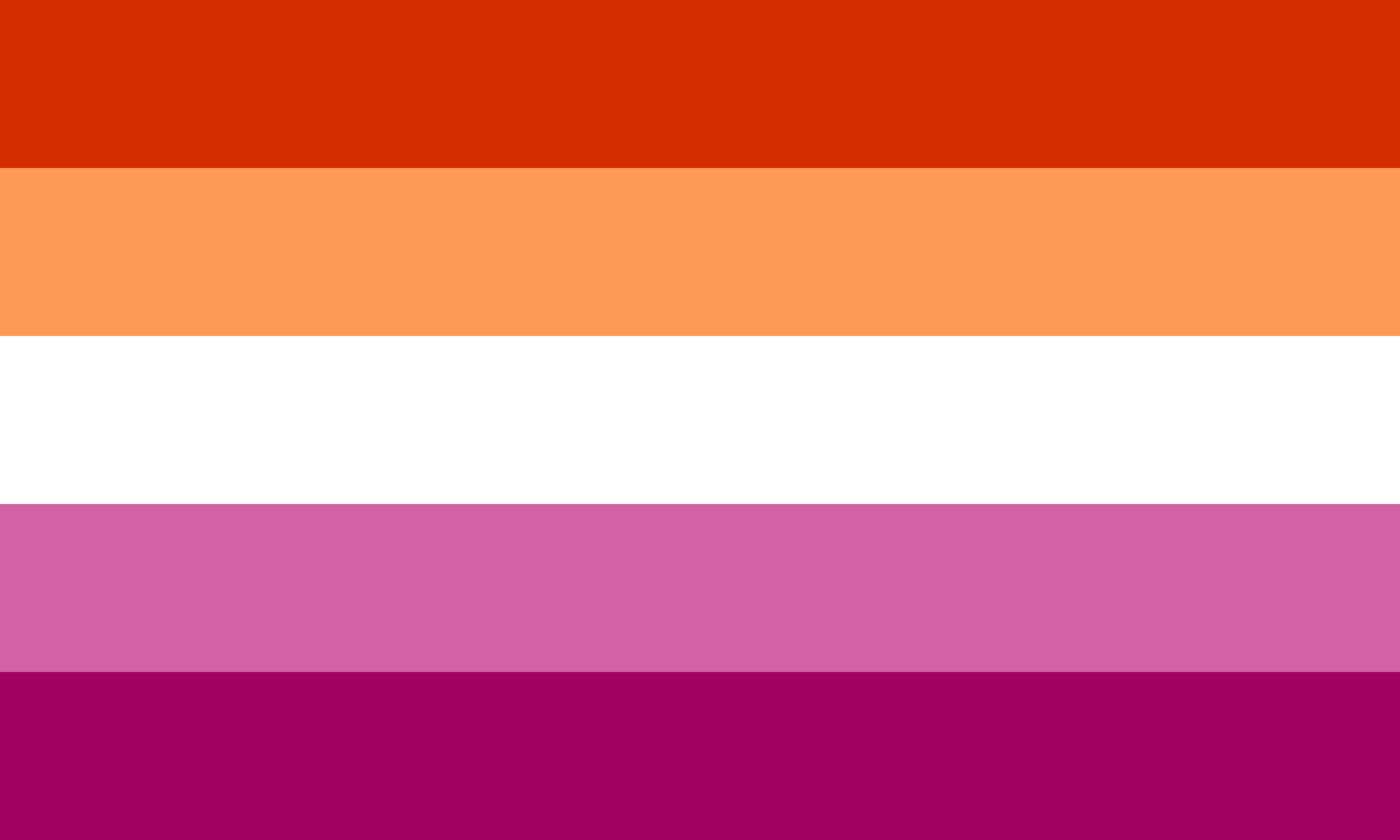
A member of the lesbian community is someone who identifies as a woman and is sexually attracted to other women. Lesbians also feel a deep lifelong connection to other women that often manifests as a desire to make romantic connections. Cisgender and transgender women can identify as lesbians, and be the subject of lesbian attraction.
What makes somebody a lesbian? There are many women who have experienced sexual or romantic attraction to and crushes on other women. Some have even acted on those feelings. Despite this, they may not identify as lesbian. This is because human love and sexual attraction is complex. Someone can find female bodies to be sexy and aesthetically pleasing but ultimately identify as straight because that is what they resonate with on a deeper level.
Gay
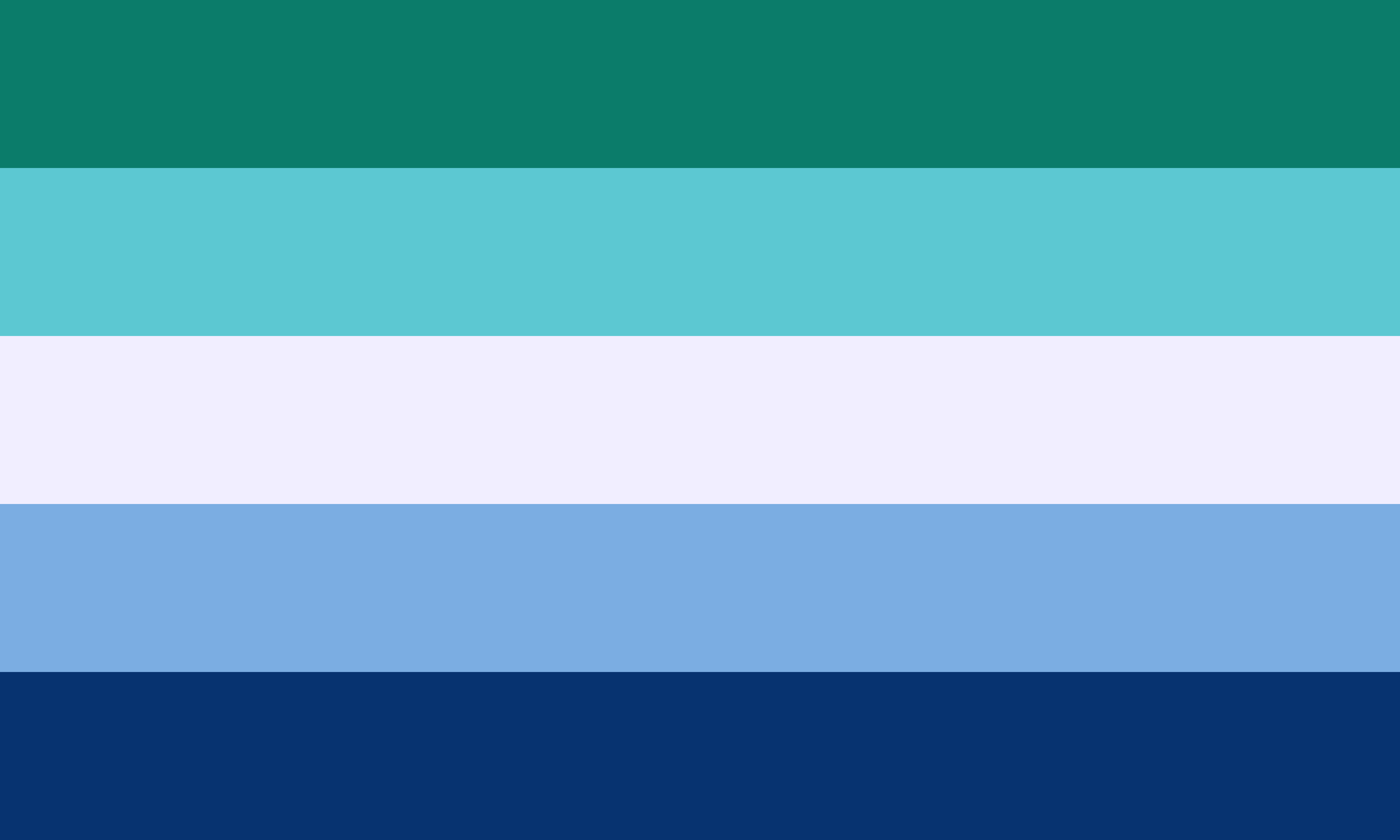
In this acronym, gay refers to men who are sexually attracted to other men. Gay guys can be сisgender or transgender. Both cisgender and transgender men can be the subject of gay attraction.
It’s important to understand that people sometimes use the word gay as a casual way to refer to the LGBTQIA+ community as a whole. For example, a lesbian may refer to herself as a gay person. When someone uses the phrase “gay community” they may intend to include lesbian gay bisexual transgender, etc. Context matters, but today it is generally used to describe men who are attracted to their own gender.
Bisexual
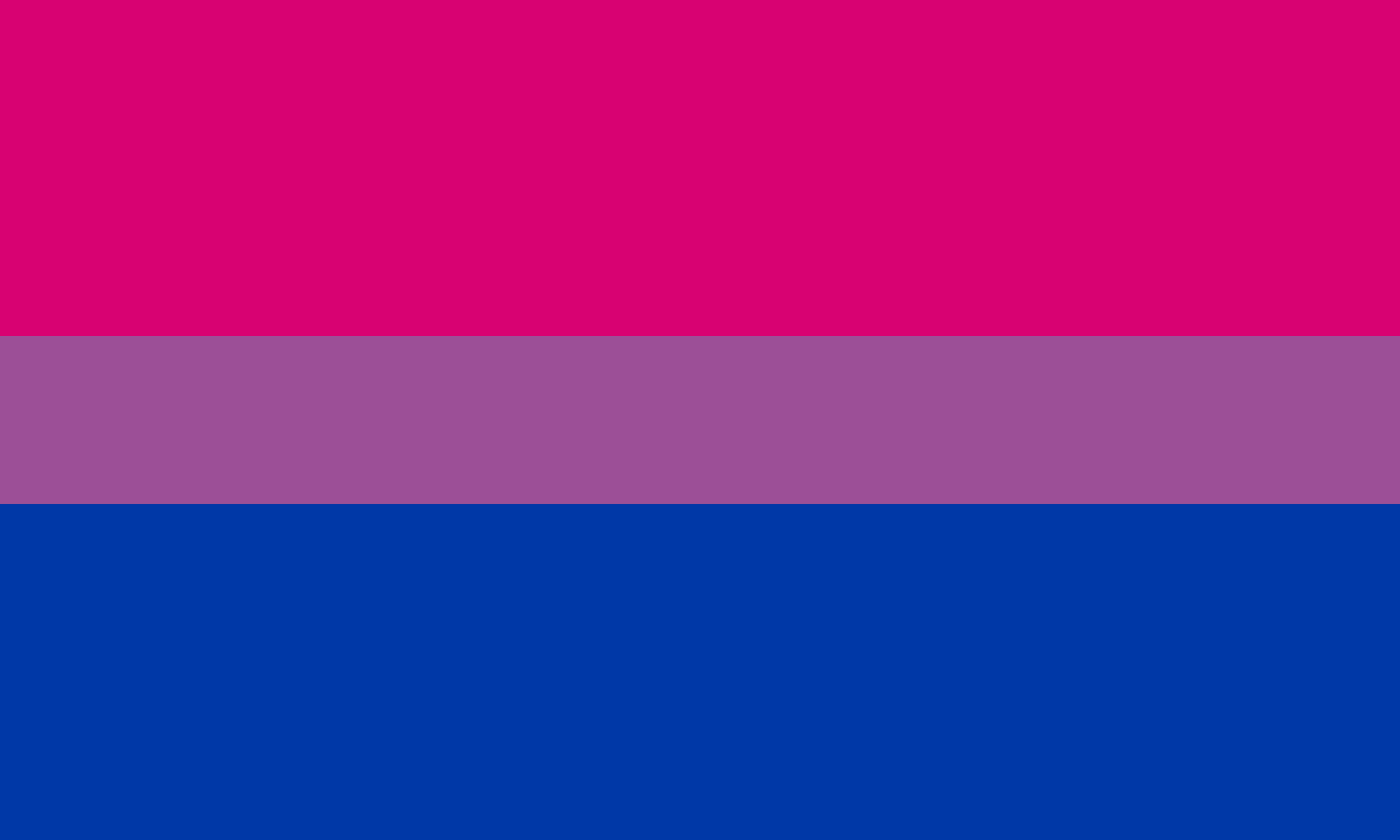
Bisexual people experience sexual attraction to multiple genders, sometimes, but not exclusively to both men and women. Bisexual people may also be romantically attracted to nonbinary people. Some people consider folks who are pansexual or demisexual to be a part of this category too as they are romantically and sexually interested in more than one gender. People who are attracted to more than one gender may also call themselves polysexual or omnisexual.
Transgender
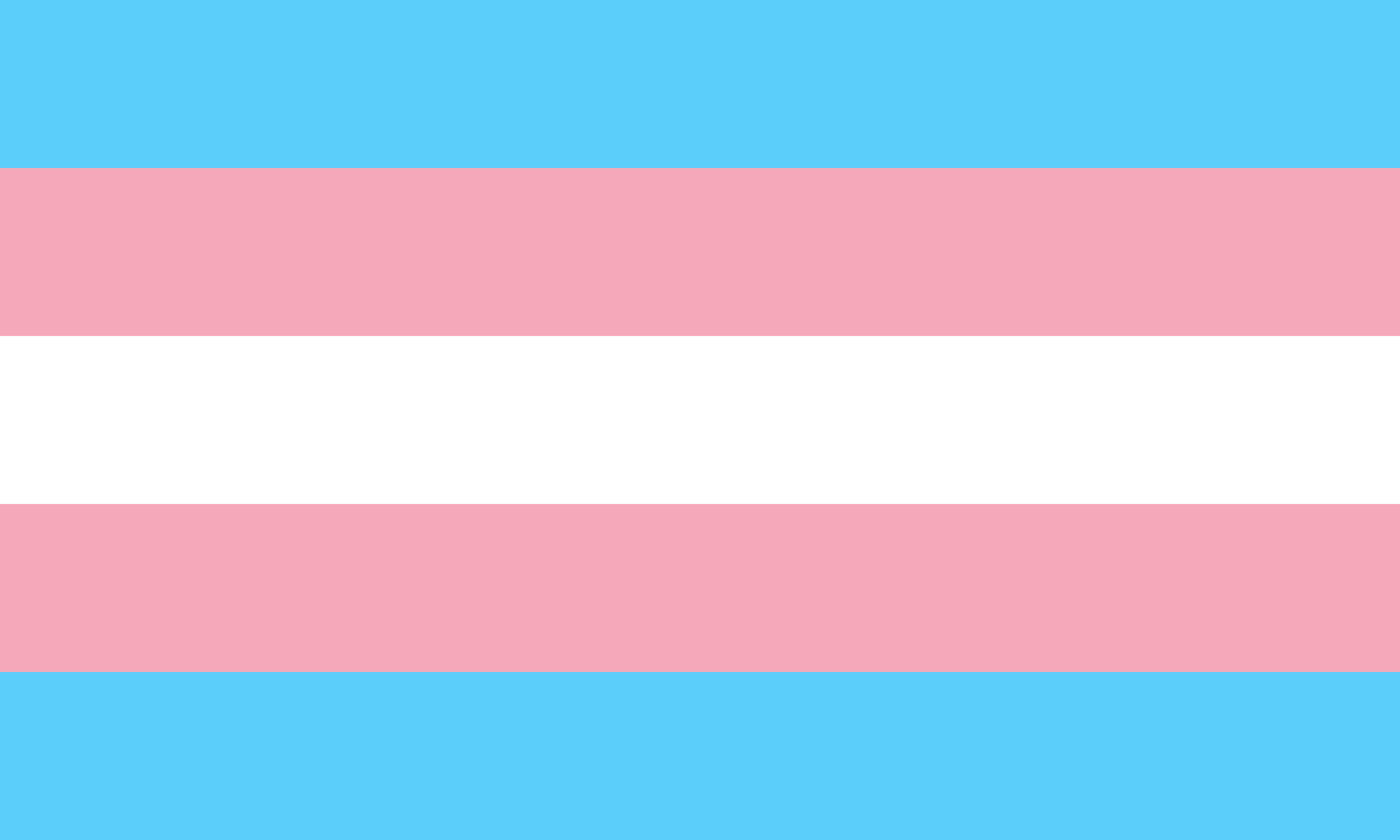
A transgender person is someone who has a gender or sexual identity that does not align with the gender or sexual identity that they were assigned at birth. A trans woman is a person who was assigned male at birth but identifies as a woman now. A trans man is a person who was assigned female at birth but identifies as a man now. Nonbinary people, two-spirit people, and those with other gender identities may identify as members of this community.
While biological sex is usually binary (there are exceptions!), gender identity is not. For example, some cultures have historically recognized multiple gender identities. Definitions and expectations of gender identities have also changed over time. Finally, what it means to personify a gender identity can differ from person to person.
What about trans identity and sexual orientation? There is a prevalent but mistaken belief that trans people are gay or lesbian. In truth, someone who has a non-conforming gender identity can also have any possible sexual orientation.
So, a trans guy attracted to other men is gay. A trans gal with a sexual attraction to other women is a lesbian. A trans man primarily attracted to women usually identifies with the sexual orientation of straight.
A person who feels sexually attracted to another person who has a gender identity that is not what they were assigned at birth may question their own sexual orientation. This may bring on feelings of shame and self-doubt. People in that position should feel assured that these attractions do not make them gay. They should feel free to explore these and other attractions without shame.
As we develop a better understanding of what it means to be trans, nonbinary, or gender-nonconforming, some new words and phrases have become popular. Here are a few that are important to know.
- Gender Identity – This is one’s own perception of their gender. This may or may not match what they were assigned at birth based on their sex organs. Everybody has a gender identity, including cis people. How a person identifies is not impacted by their physical appearance. This is why we never question or deny another person’s gender identity based on our perception of external factors.
- Gender Expression – The way that people outwardly show their gender through dress, movement, language, etc. is gender expression. Culture, upbringing, and personal preferences influence this.
- Gender Binary – This is an outdated concept that there are only two genders and those are aligned with binary sex traits
- Gender Neutral – Any policy, event, object, or other entity that does not impact/is not impacted by gender roles, gender relationships, or gender equality. Example: Gender neutral clothing.
- Gender Spectrum – Describes a range of potential gender identities. Also demonstrates how one person may identify with two or more genders.
- Assigned Male or Female at Birth – Refers to the sex a person was assigned at birth
- Nonbinary – Any gender identity that is not strictly man or woman all of the time, and so does not fit into the gender binary.
Queer/Questioning
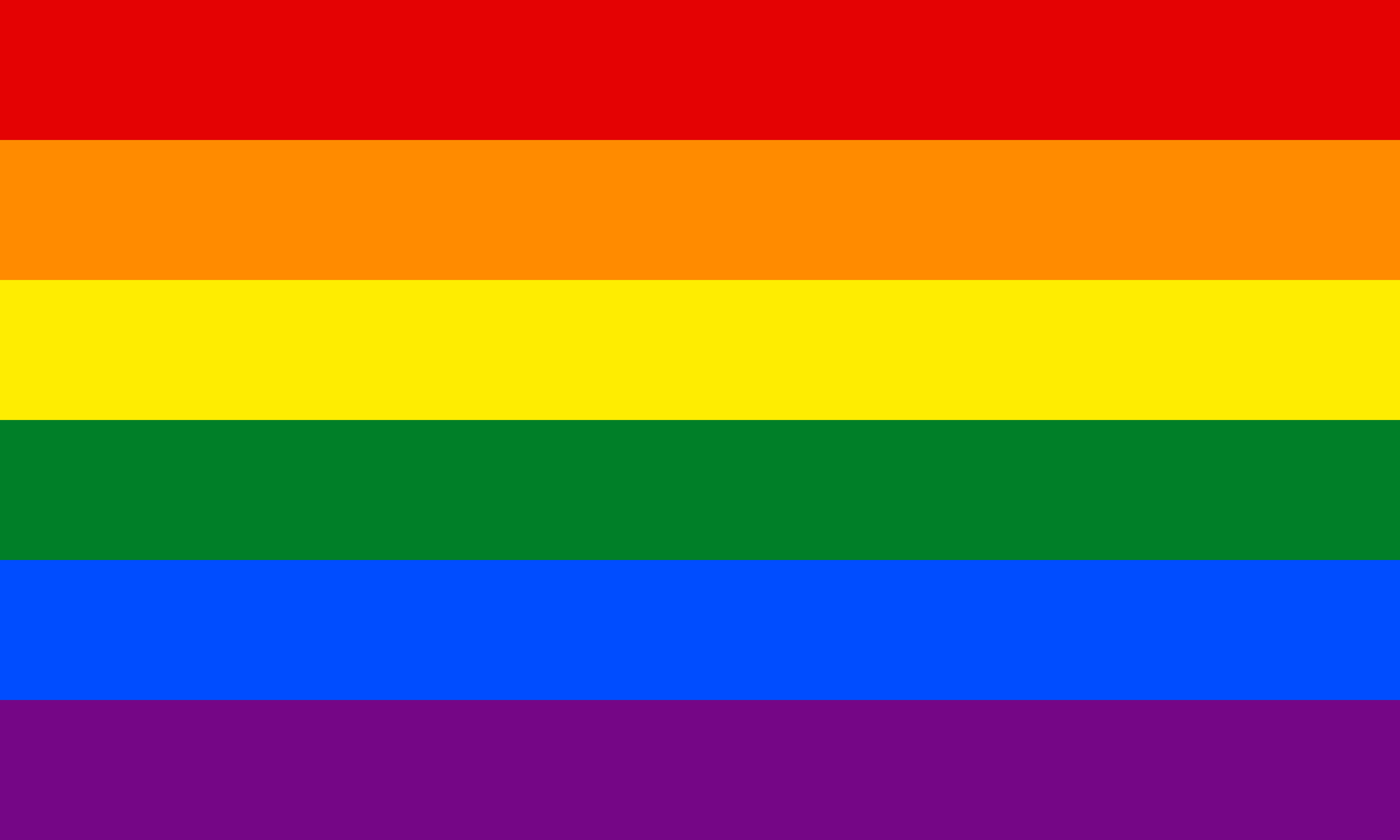
Not every LGBTQIA+ person has adopted a precise gender identity or sexual identity. They may be exploring and coming to terms with themselves (e.g.: questioning one’s sexual identity). Some people prefer to avoid categorization entirely. There are also people who have a sexual orientation or romantic attraction that defies what is commonly associated with straight culture. This might include people who are part of the BDSM community or who are polyamorous.
The ‘Q’ is an exceptionally important part of this umbrella term. It holds space for people who aren’t sure where they fall and are exploring different genders and sexual orientations. It holds space for people who have been denied decent education on sexuality and gender expression, and so don’t have the vocabulary to describe who they are. Finally, it holds space for people who cannot come out of the closet for a variety of reasons but need to feel as if they are a part of a single community.
Intersex
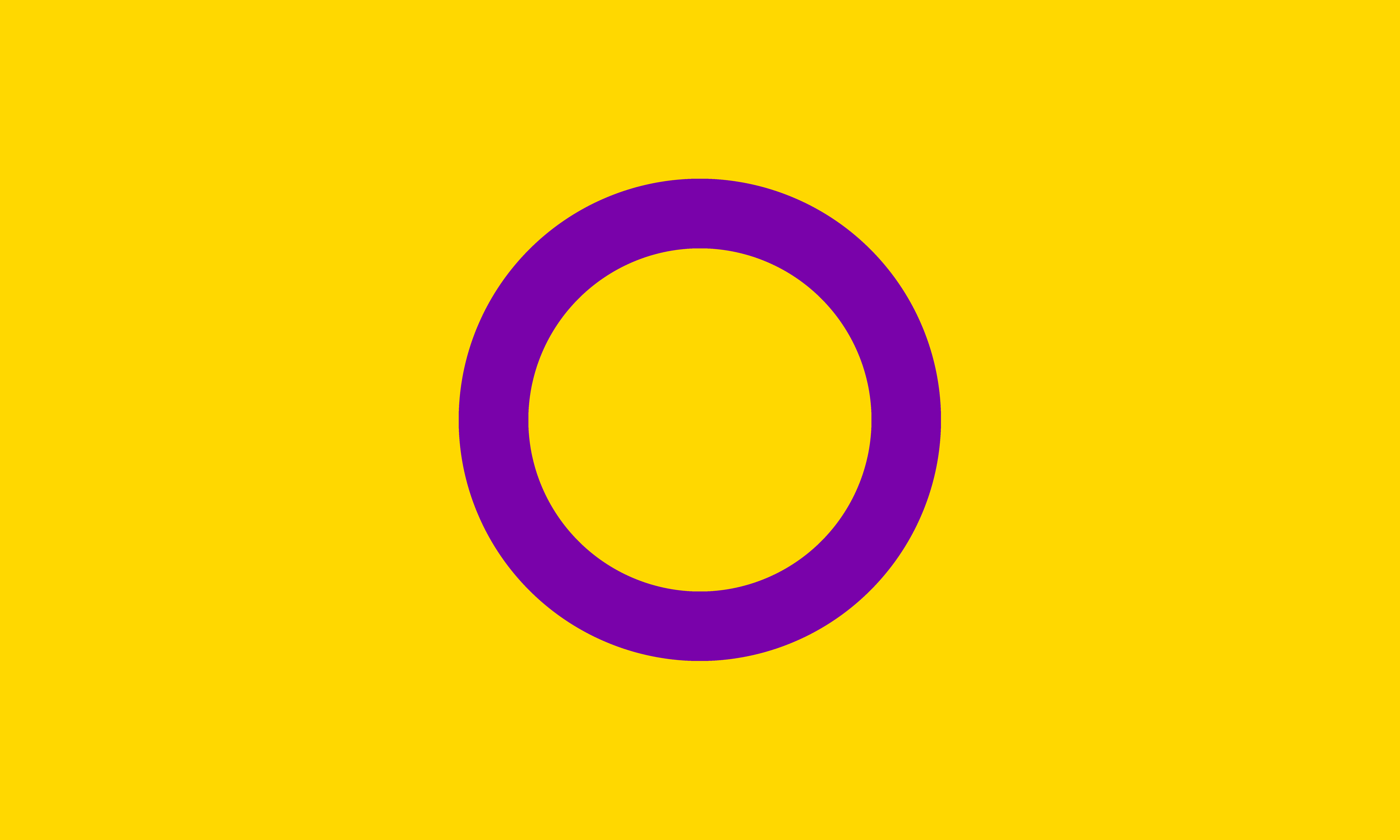
Intersex individuals are born with variations of sexual characteristics that are not strictly male or female. For example, they may not have XX or XY chromosomes. Other intersex variations can lead to primary or secondary sexual characteristics that are not entirely male or female. Intersex people may identify as gay, straight, cis, or trans.
There are myths that intersex people look a certain way. However, intersex folks can have traditionally appearing male or female bodies. This is why people may not realize they are intersex until later in life. Their sex characteristics may align with what they were assigned at birth. Additionally, being intersex does not mean a person identifies as more than one gender.
Also, in the past, people who were born with ambiguous genitalia or other sex characteristics often had body-altering surgery without their consent shortly after birth. This was often done because people were uncomfortable with the physically appearance of intersex people, and without consideration for their autonomy.
Fortunately, this is no longer a standard treatment. Now children who are intersex may choose the gender that aligns with their self-concept, and whether they will pursue any surgical interventions or not.
Why are intersex people included as part of the umbrella term LGBTQIA+? They are a part of this umbrella term because members of this group experience harm and marginalization because of the same gender, and sexual norms that dominate our society.
Asexual
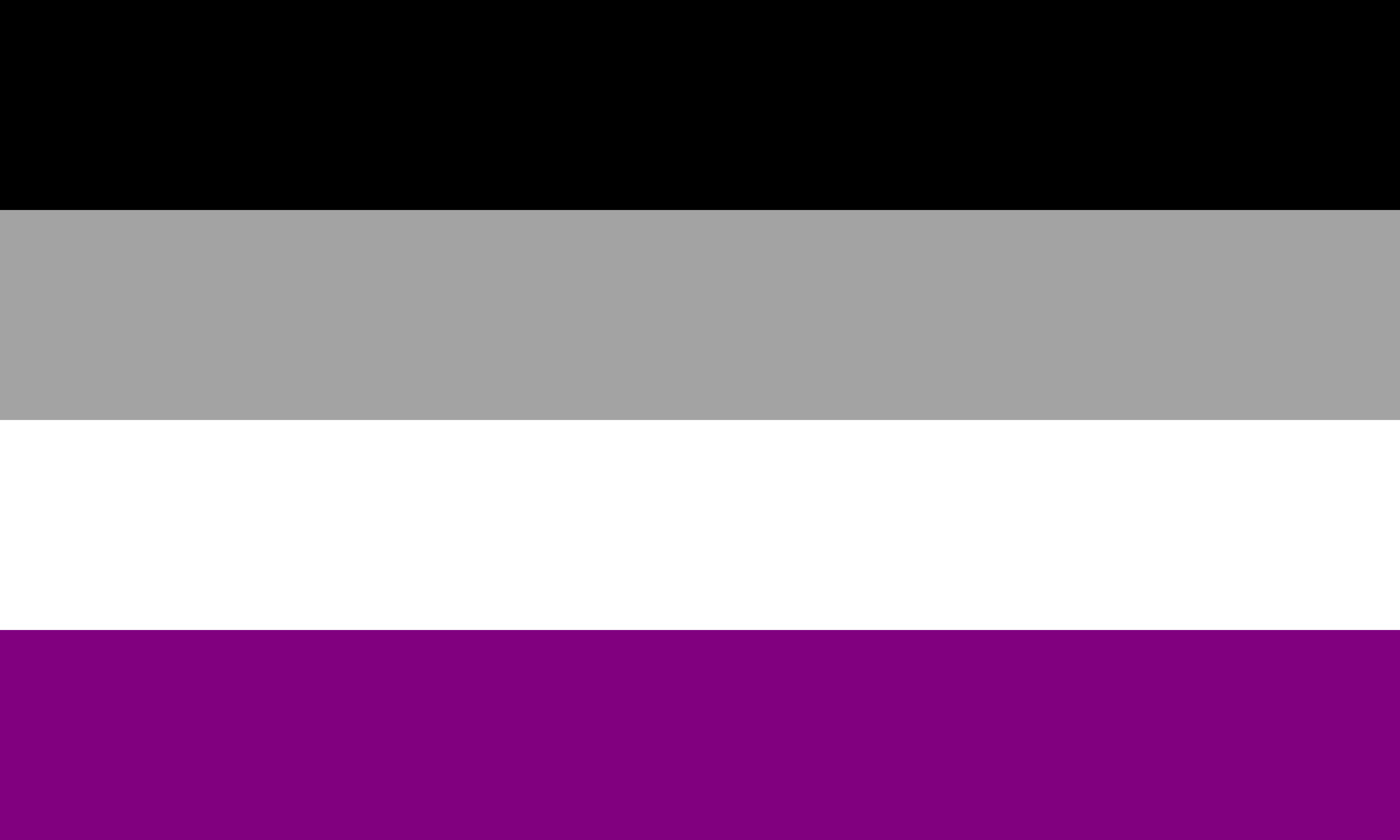
Asexual people or ace people experience little to no sexual attraction. Some asexual people do experience romantic attraction. Others do not. So, the word asexual may be used in a broader sense to include aromantic people too.
In some cases, a person who experiences a limited amount of sexual desire may prefer graysexual over the word asexual. Also, the word demisexual is used to describe a person who doesn’t experience sexual attraction without an emotional connection. There are people who identify this way who feel as though they are most aligned with the ace spectrum.
Plus Sign
Our understanding of sexual attraction and sexual experience and gender identity is evolving over time. Additionally, there are people who simply don’t fit neatly into any of the other categories but still have experiences in common with the LGBTQIA+ community. The plus sign also recognizes identities that are embraced by BIPOC communities. One example of this might be a two-spirit person who is a part of the indigenous community.
By adding the + to LGBTQIA there is room for growth and inclusion.
Homosexuality
This is not a part of the umbrella term, but appears frequently in literature and discussions about same gender attraction. It refers to the categories of gay and lesbian. While it isn’t a slur or always offensive, it can be clinical and off-putting in casual use.
History
In the mid 20th century, people began using the word gay as an umbrella term for anyone with same-sex attractions or sexual activities. This was embraced as an alternative to the word homosexual. At the time, homosexual was a very clinical term that objectified people and even treated them as deviant. By embracing the word gay, people could identify with a word that created a sense of pride and community.
At the same time, many women were embracing the word lesbian, and sought recognition of that as a unique identity that comes with its own experiences and history. Eventually, bisexual people were also able to forge their own identity and have that recognized. Thus the umbrella term LGB was born. It was sometimes stated as GLB as an umbrella term as well.
It’s important to understand that all of this was happening during the AIDS pandemic where members of this community were subjected to extraordinary trauma and violence from the government, straight community, and other entities. To survive these struggles, people who were affected embraced the LGB term. To them, it symbolized unity, political activism, and support.
The T was introduced in the late eighties to include transgender people who have also experienced violence, trauma, bigotry, hatred, and other harm from the dominant cis/hetero community.
Why is The L First?
The L in LGBTQIA doesn’t come first by chance. There is an important history behind that. As gay men were sick and dying of AIDS in the 80s, they were often rejected by their families and refused end-of-life care by hospice or nursing homes. Often, it was lesbians who would step up to provide that care and emotional support. As a show of solidarity, gay guys began to learn about and prioritize the feminist issues that were important to lesbians. As a show of solidarity, gay men made a conscious effort to use LGB rather than GLB. It’s been that way ever since.
QIA+
Over time, other letters were added to include different identities as a show of solidarity and to build a stronger community. The plus sign is a celebration of the existing diversity and willingness to grow and evolve to be inclusive.
Flag And Symbols
The rainbow pride flag is probably the most recognized symbol of the LGBTQIA+. The Gilbert Baker flag was the original flag, but several others have evolved since then. There are umbrella flags that represent several identities and a sense of unity. Other flags commemorate a single identity or sexuality within the spectrum of LGBTQIA+. There are many variations and unique flags for bisexual people, folks who are polyamorous, intersex individuals, etc.
There are some other symbols that have been adopted by people who are LGBTQIA+. Some are more widely used than others. These include:
- Double Venus & Double Mars
- Aces from a deck of playing cards to represent asexuality
- Double-headed axe or labrys for lesbians
- Green carnation for lesbians
- The pink triangle that has been reclaimed by gay men from the nazi movement
- Transgender symbol which combines the mars and venus symbols
- Other incarnations of the rainbow
This is not an exhaustive list. New symbols are created all of the time, and many are very niche.
Am I LGBTQIA+
Some people are very confident that they belong in this community. People who strongly identify as lesbian, gay, and bisexual have been included as part of LGBTQIA+ even when it was still the LGBT initialism. For others, things may be more complicated.
Anti -Transgender Bias in The Community
Remember that the LGBTQIA+ acronym was born from a movement that centered gay, mostly white men. Later it expanded to include lesbians and bisexual people. When trans folks were added to the mix that wasn’t without controversy. A contingent of radical feminists known as TERFs (Trans Exclusionary Radical Feminists) who see trans people, especially trans women, as interlopers invading women’s spaces.
The TERF movement began as part of second-wave feminism where women who often identified themselves as gender critical or human born female sought to exclude trans women from the feminist movement. While this was not a queer movement at its core, many lesbian and bi women joined.
Today, there is a resurgence of the TERF movement that seeks to create an anti-transgender narrative. One notable mouthpiece of this movement is author JK Rowling. Modern-day TERFs will frequently use phrases like “protecting women and girls” to imply that transgender women are predatory.
One notable difference between TERFs of today vs. second wave feminism TERFs is that the underlying politics have changed. The original TERFs were progressive, leftist identifying women who had beliefs that otherwise aligned with feminist ideals. TERFs today are largely a group of people whose sociopolitical views are not feminist aligned, are generally right-leaning, and often funded by evangelical interests.
Prejudice also existed among gay and bisexual people who often had the same gender biases that members of the straight, cis community had.
Because of this, it hasn’t always been easy for a trans person to feel at home in this community. Fortunately, things are getting better. Sentiments against trans people are no longer acceptable within the mainstream of LGBTQIA+. Still, transgender people are not represented the same way as they should be in positions of leadership, and they may encounter microaggressions and other harmful behaviors.
Anti-Bisexual Bias in The Community
The term double closet refers to the struggle bisexual people have to find acceptance in the LGBTQIA+ space. First, bi people must come out to their family and friends. Later, they encounter hostility from members of the community who see bisexual people as phony attention-seekers, cheaters, or simply confused.
Folks who initially self-identify themselves as gay and later discover they are bisexual may face harsh rejection. There’s also bi-erasure which is the denial of bisexuality as a legitimate sexuality.
Anti-BIPOC Bias in The Community
The LGBTQIA+ movement has been largely dominated by white leadership in pursuit of the interests of white people. While Indigenous people and people of color have made powerful contributions to this movement, there has been a noticeable lack of representation and intersectionality. Because of this, queer, activist movements are often led by people who don’t have an understanding of what it is like to be a lgbtqia+ person of color.
Your Presence in The LGBTQIA+ Community
LGBTQIA+ is a broad and growing acronym. It is that way by design. If you have a gender identity, romantic or sexual attraction to, or sexuality that you believe places you outside of hetero-norms, then you have every reason to identify as part of this community. This is true, even when you are at a point of questioning and uncertainty. The intersectionality that this community needs to remain healthy and viable will only occur with diversity and acceptance.
Do I Have to Identify as LGBTQIA+ & Should All be Welcome?
There are people who are gay, bisexual, transgender, queer, intersex, asexual + who choose not to identify themselves as part of the LGBTQIA+ community. They may feel as though the community fails to understand or represent their culture, or simply not feel a need to identify with any particular group.
Should anyone be welcomed into the LGBTQIA+ community, after all, inclusivity is key? That’s a controversial topic. While there’s not political or social litmus test, and nothing stopping a person from identifying as LGBTQIA+, this is ultimately a politically progressive movement. People who are viewed as having views that seek to marginalize and damage the queer community may not find a welcoming response when they interact with that community no matter how they identify.
How to Support LGBTQIA+
How do you support the LGBTQIA+ community? That depends. The best way to provide meaningful support depends on whether you are a part of the community or a supporter, your understanding, your risk tolerance, etc. Keep in mind that actions lead to results good or bad, and good intentions don’t negate harm done.
Supporting LGBTQIA+ From The Outside
You don’t need to be a queer person to make a difference. LGBTQIA+ folks need other communities to support them. But, there are things you can do as a straight, cis person to ensure you aren’t doing harm.
Ally or Accomplice
The term ally has grown in popularity over the past few years. It is strongly associated with the BLM movement as white people opted to stand with black people over the issue of police brutality. While the activism was appreciated, there were also sharp critics. People argued that marginalized people don’t need allies. They need accomplices.
What’s the difference between an ally and an accomplice? An ally is someone who stands with a marginalized group as that group protests or engages in other activism. An accomplice digs deeper to help disrupt and break down systems and power structures that harm. Allies often direct their own activism while accomplices earn the trust of members of the marginalized community by doing work at the direction of those community members.
Do Your Own Labor
It is never the job of any member of a marginalized community to educate you. Yes, some are willing to do that labor. However, you must take on the bulk of that responsibility for yourself. When you expect others to do that work, you create an emotional burden for them, and may even cause them trauma by asking them to relive personal experiences they have had.
- Learn who leaders are in the movement around you
- Read books that provide a queer perspective on issues and events
- Listen and learn when community experts are willing to educate
Finally, there is an abundance of information online about queer issues. Use these to educate yourself rather than asking personal or invasive questions. For example, don’t ask intrusive questions about sexual activity, surgery, or dating roles. Instead, gather this information on your own.
Pass The Microphone
Lesbian, gay, bisexual, and trans people don’t need cis-hetero people to speak for them. They need the agency to speak for themselves. Step back and give them room to do that. When you are able to, empower them to allow their voices to be heard. Avoid explaining or speaking on behalf of marginalized groups when you can simply pass the microphone and let them do the talking.
If you have a platform available to you. Use it to amplify queer voices. Share content from trans women and other queer folks. Link to their pages. Signal boost their events.
Know Your Limits
Don’t commit to providing help and support if you cannot follow through. Being an ally or an accomplice can be emotionally draining. It’s okay to step back.
Support Queer Creators
Do you consume content from creators who are LGBTQIA+ or queer-affirming? Queer folks have made and continue to make major contributions to art, music, and literature. Unfortunately, their work is often ignored or misunderstood. Fortunately, many younger people have begun to embrace these creators, but more attention is always needed.
Spend Your Money
Money drives activism. It helps people who are doing work to support the community and raise awareness to keep going. Money spent on lgbtqia+ organizations may be used to:
- Shelter transgender people who have been kicked out of their homes
- Obtain legal representation for activists who have engaged in civil disobedience
- Fund community centers that offer programs for queer youth
- Open and run LGBTQIA+ libraries
- Obtain gender-affirming healthcare
If you’re already supporting queer creators and activists, that’s great. Keep in mind that these folks spend a significant amount of time and money providing you with that content. If you can, give something back. Many creators have Patreons you can join or simply offer other means to give a small donation to show your appreciation.
Act Even When it is Painful
Some heterosexual people note a lack of trust between straight and queer people. This may feel frustrating, particularly if you are doing the work of an accomplice or ally. Unfortunately, there are reasons this distrust exists. One of the key drivers of this distrust is that straight activism often ends when it becomes uncomfortable or inconvenient.
It’s one thing to show up to a rally. It’s another to:
- Stand up to a homophobic relative
- Stop patronizing a restaurant that advocates for hate and violence against the queer community
- Boycott a brand you love because it has a history of bias and harassment against gay people
This could mean sitting with your own discomfort from time to time. For example, when a coworker brings up a microagression related to their gender, you may feel confronted or embarrassed.
Provide Specific & Meaningful Support
The most meaningful support you can give doesn’t have anything to do with activism. It’s all about how you treat LGBTQIA+ people in your life. If someone comes out to you, listen to them. If you have the opportunity to talk to your queer friends, make an effort to absorb and understand what they are saying. Ask how you can be supportive of them, which might mean:
- Using gender-neutral pronouns
- Remembering their preferred name
- Giving them space to talk about their experiences
Working to build supportive emotional relationships that are based on trust and honesty. This may mean acknowledging past behavior and making amends.
Don’t Internalize Things
As a straight, cis person you have benefitted systems and social norms that have been designed with your needs in mind. As you become more involved as a supporter of queer folks, you are going to be exposed to a lot of criticism of straight culture, straight people, and straight privilege. That can sting, and feel quite personal from time to time.
Take a deep breath and a step back. Remember that this isn’t about individuals. It’s about systems that at best have been created with an exclusively heterosexual society in mind, and at worst were deliberately designed to harm queer people.
LGBTQIA+ Support & Activism From The Inside
Your sexual orientation or gender identity makes you a part of the LGBTQIA+ community. But, are you doing everything you can to be a supportive member of that community? Do you have work that you need to do to overcome negative attitudes and biases you might have against other groups within the spectrum of LGBTQIA+?
Do you recognize your privilege? You can be a member of a marginalized community and also be privileged. For example, a white man with an attractive physical appearance who is masculine presenting is going to be welcomed and accepted in otherwise exclusively heterosexual places. That isn’t going to be the experience of a black, disabled, transgender woman.
Here are some things you can do to provide support to your own community.
- Offer peer support and mentorships
- Listen to people in other queer sub-communities
- Stay active even when you don’t directly benefit from the activism
- Speak out against racism, sexism, and anti-transgender bias in the community
- Support queer businesses
- Become a community leader
Share this post:
What do you think?
 LGBTQIA+ Flag
LGBTQIA+ Flag


